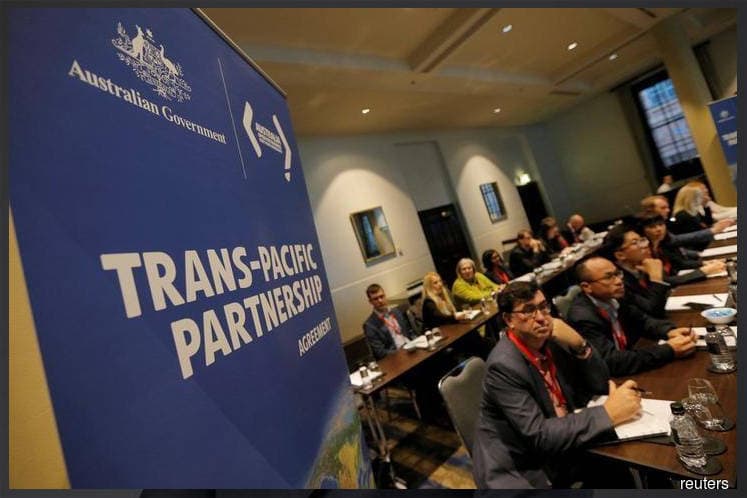
SYDNEY (Dec 30): A landmark 11-country trade deal, a revamped version of the Trans-Pacific Partnership (TPP), came into force on Sunday with New Zealand’s trade minister hailing the opportunities it presented for exporters.
The deal, which will slash tariffs across much of the Asia-Pacific region, does not include the US after Washington pulled out of the TPP negotiations in 2017.
“The Comprehensive and Progressive Agreement for Trans-Pacific Partnership (CPTPP) provides New Zealand with trade agreements for the first time with three significant economies: Japan, Canada and Mexico,” Trade Minister David Parker said in a statement.
“The CPTPP has the potential to deliver an estimated NZ$222 million of tariff savings to New Zealand exporters annually once it is fully in force.”
The pact came into effect on Sunday for Australia, New Zealand, Canada, Japan, Mexico and Singapore, with Vietnam to follow on Jan 14, Australia’s Department of Foreign Affairs and Trade said on its website.
Brunei, Chile, Malaysia and Peru will begin 60 days after they complete their ratification process.
Investment bank HSBC said in a press release that 90% of tariffs on goods in the first six countries were removed on Sunday in the first round of cuts.
Australia is looking forward to favourable conditions for its agricultural exports including wheat, prompting US competitors to warn they will need help to compete.
“Japan is generally a market where we seek to maintain our strong 53% market share, but today we face an imminent collapse,” US Wheat Associates President Vince Peterson told a public hearing in Washington on Dec 10.
“In very real terms, as of April 1, 2019, US wheat will face a 40% bushel, or US$14 per tonne, resale price disadvantage to Australia and Canada,” Peterson said, according to a transcript on the US Wheat Associates website.
The deal will reduce tariffs in economies that together amount to more than 13% of global gross domestic product (GDP) - a total of US$10 trillion. If the US were included, it would have represented 40%.
US President Donald Trump said in April that he would consider rejoining the trade agreement if the terms were more favorable to the US.